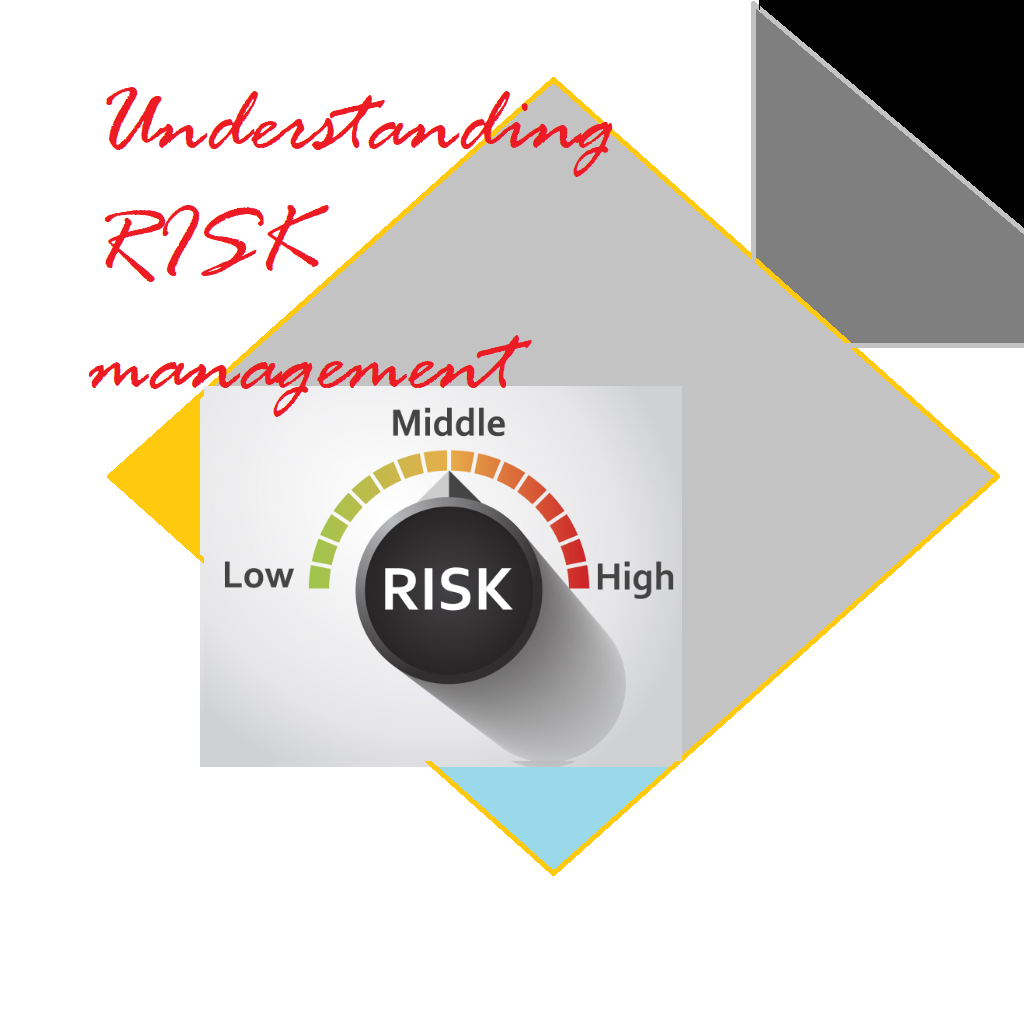A testimonial is a statement or recommendation provided by a person who has used a product, service, or experienced a particular situation. Testimonials are often used in marketing and promotional materials to showcase positive feedback and experiences from customers or clients. These statements serve as a way to build trust and credibility, as they provide real-life examples of how a product or service has benefited individuals. Testimonials can be in written or spoken form and are intended to influence others to consider the product or service based on the positive experiences shared by others. Testimonials play a crucial role in establishing trust and credibility in various contexts, such as business, marketing, and personal recommendations. These firsthand accounts provide authentic and genuine perspectives on products, services, or experiences, contributing to the decision-making process of potential customers or clients.
One significant reason for the importance of testimonials is their ability to offer social proof. When individuals share their positive experiences, they essentially vouch for the quality and effectiveness of a product or service. This social validation reassures new customers that they are making a sound choice, as they can see that others have benefited from the offering.
Moreover, testimonials humanize brands and businesses. They add a personal touch by sharing real stories of individuals who have interacted with the product or service. This personal connection resonates with potential customers on an emotional level, helping them relate to the experiences of others and envision themselves enjoying similar benefits.
Testimonials also provide specific and detailed insights into the benefits and features of a product or service. Unlike generic marketing messages, testimonials often highlight unique use cases, unexpected advantages, or tailored solutions that potential customers might not have considered. This added depth of information aids in potential customers’ understanding of how the product or service could address their individual needs or problems.
Furthermore, testimonials contribute to building a brand’s reputation. A collection of positive testimonials showcases a track record of satisfied customers and successful outcomes. This reputation-building aspect is particularly essential in competitive markets, where customers seek assurance that they are making the best choice among available options. Incorporating a variety of testimonials from different demographics and perspectives also helps broaden a product or service’s appeal. People from diverse backgrounds and industries can identify with various testimonials, increasing the likelihood of attracting a wider audience.
In conclusion, testimonials hold significant importance due to their ability to offer social proof, humanize brands, provide detailed insights, contribute to reputation building, and appeal to diverse audiences. Harnessing the power of genuine customer experiences can greatly enhance the overall credibility and effectiveness of a product, service, or brand.
Steps to write a good testimonial
Crafting an effective testimonial involves several key steps that ensure your message is authentic, compelling, and trustworthy. By following these steps, you can provide valuable feedback and insight that resonates with others:
1. Be Specific and Detailed: When writing a testimonial, focus on specific details of your experience. Highlight particular features, benefits, or aspects of the product, service, or experience that stood out to you. Providing specific examples adds credibility and demonstrates that your feedback is based on real encounters.
2. Describe the Problem and Solution: Start by explaining the issue or problem you were facing before using the product or service. Then, share how the offering addressed that problem and improved your situation. This narrative structure helps potential customers understand the relevance of the product or service to their own needs.
3. Share Before-and-After Insights: Illustrate the transformation that occurred as a result of using the product or service. Describe how your situation or outcome changed before and after implementation. This contrast provides a clear perspective on the tangible benefits you gained.
4. Highlight Tangible Results: Quantify your results if possible. Whether it’s saving time, increasing productivity, boosting revenue, or improving quality of life, using measurable outcomes adds weight to your testimonial. Numbers and percentages provide a concrete sense of the value gained.
5. Express Emotions Authentically: Incorporate your emotions and feelings into your testimonial. Describe how the experience made you feel and the positive emotions it evoked. Authentic emotional responses resonate with readers and make your testimonial relatable.
6. Be Honest and Balanced: While it’s important to focus on the positives, it’s equally important to maintain honesty. If there were any challenges or limitations, address them in a constructive manner. Balanced testimonials are more trustworthy and credible.
7. Keep it Concise: A concise testimonial is more likely to be read and understood. Aim for clarity and brevity, ensuring that your main points are communicated succinctly.
8. Use a Conversational Tone: Write your testimonial in a conversational tone, as if you were speaking to a friend. This approach makes your feedback feel genuine and approachable.
9. Include Relevant Context: Provide context about your background, needs, or industry, if applicable. This helps potential customers relate your experience to their own circumstances.
10. Endorsement and Recommendation: Conclude your testimonial with a strong endorsement and recommendation. Express your overall satisfaction and encourage others to consider the product or service based on your positive experience.
By adhering to these steps, you can create a testimonial that not only showcases your positive experience but also serves as a valuable resource for others seeking insights and guidance in their decision-making process.
Basis of a Testimonial
When considering the content of testimonials, it’s important to strike a balance between authenticity, credibility, and usefulness. Testimonials should primarily be based on factual information, infused with a blend of positive and, if applicable, constructive insights. Here’s why each aspect is crucial:
1. Factual Information: Testimonials should always be rooted in factual accuracy. This means that the information you share should reflect your actual experiences and outcomes. Misrepresenting or exaggerating your experience can undermine the trustworthiness of your testimonial and the credibility of the product or service being endorsed.
2. Positive Insights: Including positive aspects of your experience is important because it highlights the strengths and benefits of the product or service. Positive insights help potential customers understand the value they could gain by using the offering. However, it’s essential to ensure that your positivity is genuine and not overstated, as authenticity is key.
3. Constructive Critique (if applicable): Negative aspects or challenges you encountered can also be valuable, as long as they are presented constructively. Mentioning areas for improvement can demonstrate your balanced perspective and contribute to the authenticity of your testimonial. However, avoid overly negative or disparaging comments that could overshadow the positive aspects.
Ultimately, an effective testimonial is one that provides a well-rounded view of your experience. Combining positive feedback with factual information and, if applicable, constructive criticism can create a comprehensive and genuine testimonial. This approach helps potential customers make informed decisions by understanding both the benefits and potential limitations of the product or service.
Note that the goal of a testimonial is to provide insight and guidance to others based on your real experiences. Balancing positive and constructive elements while maintaining factual accuracy ensures that your testimonial contributes positively to the decision-making process of potential customers.
Testimonial Template
|-----------------------------------------------------|
| Testimonial Template |
|-----------------------------------------------------|
| Introduction |
|-----------------------------------------------------|
|-Your NameorCompany Name|
|-Your RoleorProfession|
|-Dateof Providing Testimonial |
|-----------------------------------------------------|
|BackgroundandProblem|
|-----------------------------------------------------|
|-Brieflydescribethe situation/problem you|
|were facing beforeusingthe product/service.|
|-----------------------------------------------------|
|SolutionandExperience|
|-----------------------------------------------------|
|-Explain how the product/service addressed|
| the problem you mentioned earlier. |
|-Describeyour experienceusingthe product/|
|serviceindetail.|
|-Highlightspecificfeaturesorbenefits that|
| made a difference. |
|-----------------------------------------------------|
|ResultsandTransformation|
|-----------------------------------------------------|
|-Share measurable outcomesorimprovements|
|you experienced afterusingthe product/service.|
|-Describethe positive changesinyour situation.|
|-If applicable, mentionanyunexpected benefits.|
|-----------------------------------------------------|
| Emotional Impact |
|-----------------------------------------------------|
|- Express how the experience made you feel. |
|-Shareanypositive emotions evokedbyusing|
|the product/service.|
|-----------------------------------------------------|
| Balanced Perspective |
|-----------------------------------------------------|
|-If there wereanychallengesorlimitations,|
|mention themina constructive manner.|
|-Provide a balancedviewofbothpositiveand|
|areasforimprovement.|
|-----------------------------------------------------|
|RecommendationandConclusion|
|-----------------------------------------------------|
|-Concludewitha strong endorsementofthe|
|product/service.|
|-Encourage otherstoconsiderusingit basedon|
| your positive experience. |
|-----------------------------------------------------|

The template could be even a simple template we want to start up with like above screenshot.
Real world testimonial for a software company called xyz
Testimonial for XYZ Software Development Company
I am thrilled to share my exceptional experience with XYZ Software Development Company. As the Chief Technology Officer of a rapidly growing e-commerce startup, finding a reliable and innovative software development partner was paramount to our success. XYZ proved to be the perfect fit, exceeding our expectations at every turn.
From the very beginning, the team at XYZ demonstrated a deep understanding of our business objectives and technical requirements. Their ability to translate our ideas into a functional and user-friendly software solution was truly impressive. They collaborated closely with us throughout the development process, ensuring that every detail was aligned with our vision.
One aspect that stood out was their commitment to delivering on time. In the fast-paced world of e-commerce, time is of the essence, and XYZ’s dedication to meeting deadlines played a pivotal role in our successful product launch. Their transparent communication and regular progress updates provided us with the confidence that we were on track.
The software solution they developed for us not only met but exceeded our expectations. It was robust, scalable, and remarkably intuitive for both our team and our customers. The user experience enhancements they implemented led to a significant increase in customer engagement and conversion rates, directly impacting our bottom line.
Moreover, XYZ’s post-launch support was outstanding. They swiftly addressed any minor glitches and provided training to our team, ensuring a seamless transition to the new software. This level of ongoing support and dedication truly set them apart from other development firms we’ve worked with.
What truly impressed me about XYZ Software Development Company was their genuine commitment to our success. They didn’t just deliver a product; they became strategic partners invested in our growth. Their expertise and professionalism have made a lasting impact on our business, and I can confidently recommend XYZ to any company seeking top-tier software development services.
In a nutshell, XYZ Software Development Company’s exceptional skills, unwavering dedication, and collaborative approach have transformed our business. They turned our vision into reality, and we are now better positioned to thrive in the competitive e-commerce landscape. Thank you, XYZ, for your remarkable contributions to our success.
Sincerely, [Your Name] [Your Title] [Your Company]
Are testimonials actually read by individuals?
This question often arises when considering the effectiveness of testimonials in various contexts. The answer is a resounding yes. Testimonials hold a significant place in decision-making processes for consumers, clients, and users across different industries.
Testimonials serve as a form of social proof, offering potential customers or clients real-life accounts of others’ experiences with a product, service, or brand. These accounts are often relatable and relaying authentic encounters, making them more engaging than generic marketing messages. As a result, people are inclined to read testimonials to gather insights into the practical benefits and potential drawbacks of a particular offering.
In today’s digital age, where information is abundant and choices are numerous, individuals are cautious and discerning in their decision-making. Testimonials provide a way for them to navigate through options and validate their choices. People tend to trust the opinions of their peers and those who have experienced a product or service firsthand, making testimonials a valuable source of information.
Furthermore, testimonials have evolved beyond mere text on a webpage. With the rise of multimedia and social media platforms, people engage with testimonials in various formats, such as video reviews, images, and interactive content. This diversity of presentation makes testimonials even more accessible and engaging for a wider audience.
To conclude, people do read testimonials because they offer authentic insights, build trust, and provide a tangible connection to real experiences. Testimonials contribute significantly to the decision-making process by helping individuals make informed choices in a landscape brimming with options.





